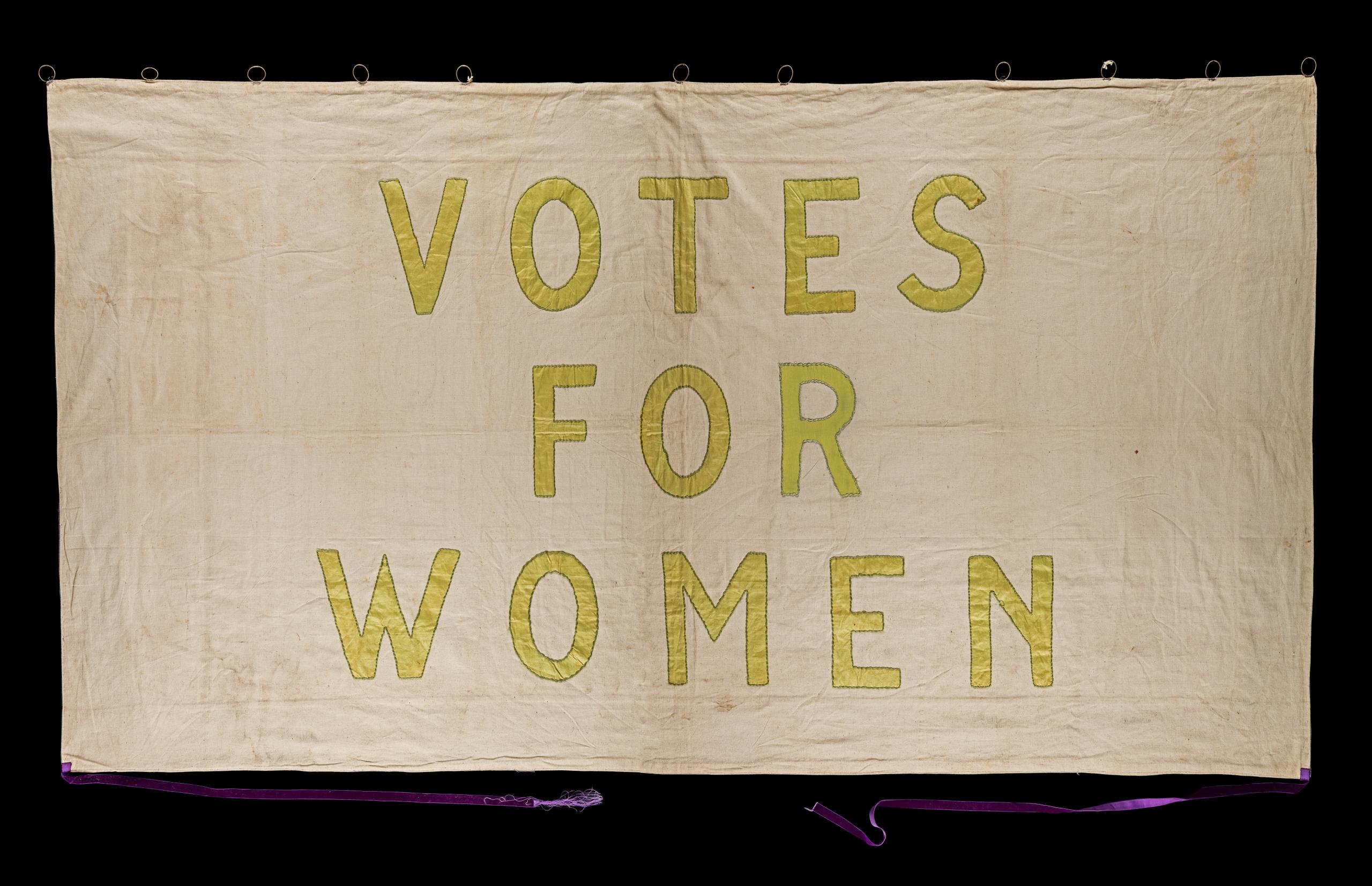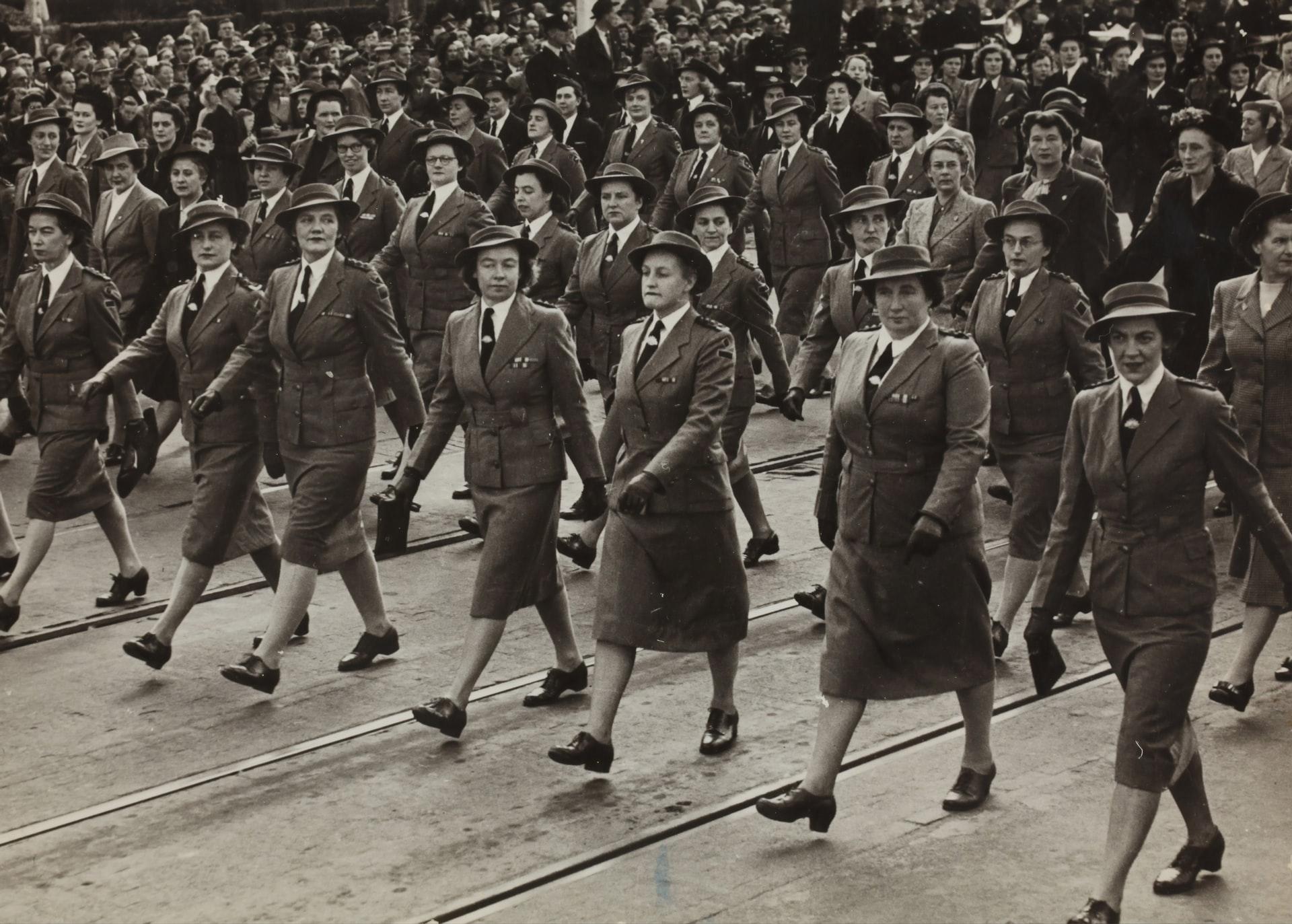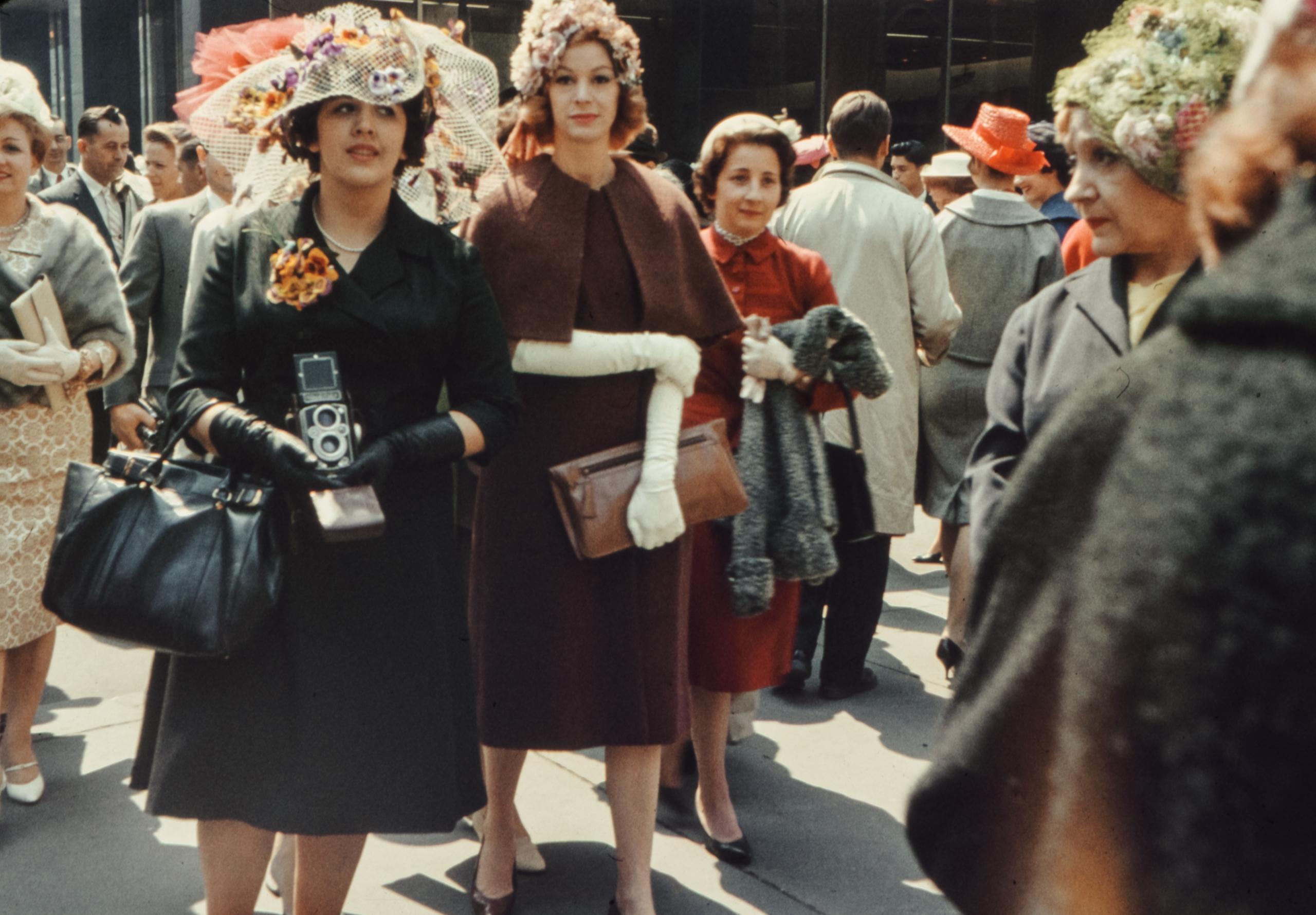The twentieth century in England was a cornerstone regarding women's rights. Major changes happened after the first feminist ideas, writings, and groups that formed in the nineteenth century. In addition, the First and Second World Wars brought major changes in women's role in public life.

What the nineteenth century started
The nineteenth century was characterized by strong family values, and the exclusion of women from public life and restricted her role in the private and domestic sphere. Women had practically no rights of their own regarding their bodies, their property and their political participation. The Victorian Era, however, brought several influential women that inspired the women's movement and defends their rights.
The work of writers like Charlotte Brontë and her novel Jane Eyre embodied a social criticism of society and women's limited role. Furthermore, the publication of Mary Wollstonecraft's A Vindication of the Right of Woman: with Strictures on Political and Moral Subjects (1792) is considered the earliest work of feminist philosophy.
Considered the Mother of Feminism, Mary Wollstonecraft also inspired the creation of organized women groups such as the Langham Place Circle led by Barbara Bodichon, which would start to organize the movement for British women's suffrage.
The Edwardian Era
The Edwardian Era of British history was rather short, spanning from 1901 to 1910 the time that the reign of King Edward VII lasted, it is sometimes extended to the First World War. This period of British history is often portrayed as a romantic golden age before the First World War. However, this period was also considered to be superficial and only focused on the pleasure of the wealthy compared to the achievements of the Victorian era and the catastrophe of the following war.
Despite these negative perceptions, the Edwardian Era was brewing a lot of political awareness among the working class, leading to the rise of trade unions, the Labour movement but mostly the rising status of women in public and political life.

Women in the Edwardian Era
The Edwardian period allowed sufficient time and debate for middle-class women to break out of Victorian morality and its limitations. Their access to more employment opportunities made them more active in public life, thus enhancing their political participation and growing awareness of their possible role in society.

The right to vote
In 1897, local groups of women who demanded the vote joined to form the National Union of Women’s Suffrage Societies (NUWSS). The organization was moderate, and its members were called suffragists.
However, in 1903 a more radical organization was established called the Women's Social and Political Union (WSPU). Emmeline Pankhurst led it, and its members were called suffragettes. The suffragettes committed crimes like arson and vandalism. Regardless, the WSPU did not want votes for all women – only those who met a property qualification. The suffragettes halted their campaign when the war began in 1914.
In Britain, in 1918 women over 30 were allowed to vote if they met a property qualification. In 1928 all women were allowed to vote at the age of 21 (the same as men). It is only until 1928 that women in England, Wales and Scotland received the right to vote on the same terms as men (over the age of 21) as a result of the Representation of the People Act (1928).
Important political women started being part of England's political landscape, in 1919 Nancy Astor was elected a Member of Parliament. She was the first woman MP to take her seat in the House of Commons. Later, in 1929 Margaret Bondfield became the first female cabinet minister. Then, in 1979 Margaret Thatcher became the first female Prime Minister.
Birth control and reproductive rights
Abortion was illegal and contraception could be punished legally, however, working-class women would use these birth control options to not only terminate a pregnancy, but also to prevent poverty and unemployment.
Women would have to wait until the Family Planning Act in 1961 to have access to oral contraception through the National Health Service. Regarding abortion, this took a few years more of heated debate led by David Steel, when in 1967 the Abortion Act passed and became effective in 1968.
However, this debate is still up-to-date regarding the 'right to life', where different interpretations of the law and vision of the law should be applied are in constant conflict.
The First and Second World Wars

The First World War advanced the feminist movement and its causes, women's work and role during the war was much appreciated and recognized. The Prime Minister David Lloyd George even stated that
It would have been utterly impossible for us to have waged a successful war had it not been for the skill and ardour, enthusiasm and industry which the women of this country have thrown into the war.
This support and success happened again during the Second World War, where the systematic planned mobilization of women as, workers, soldiers, and housewives. Women strongly supported the war effort in different fronts, among the very remarkable parts the Women's Land Army allowed to increase the number of acres under cultivation and expanded the farm labour force.
Social Reform
Despite their participation and the recent right to vote, social circumstances were not changing at the same pace. Women remained the most vulnerable of the workforce.
During the recession period, legislative reform was sought for discriminatory laws regarding family and prostitution, but also discussing the differences over equality and equity. Eleanor Rathbone, became president of the National Union of Societues for Equal Citizenship (NUSEC), which advocated for equality in social and economic areas. She urged to consider the differences that exists in gender relationships, which discussed the needs of women to achieve and fulfill the potentialities of their own nature.
During this period, social legislation favouring women included
- The Sex Disqualification (Removal) Act 1926, which allowed women to access more professions
- Matrimonial Causes Act in 1923, which made adultery by either husband or wife the sole ground for divorce.
Post War period

Despite the several social reforms and the new legislations favouring women, the after war period starting in the 1950s, Britain was still putting a powerful emphasis on marriage and the nuclear family in order to found the new welfare state.
The feminist movement was not at its strongest during this period and allowed for a return to the domestic life for women. Feminist writers of that period even argued that women could combine a life at home with outside employment, however, this is often qualified as 'welfare feminism'. This means that feminism in England in the 1950s was more concerned with social responsibility and the general well-being of the society as a whole.
On the brighter side, parity of women was slowly happening, for example equal pay for teacher and men and women in the civil service were voted in parliament between 1952 and 1954.
During the 1960s and 1970s, the women's liberation movement had a resurgence after the abortion and divorce Acts were passed and modified. They campaigned to secure the Equal Pay Act and the Sex Discrimination Act in 1975, both guaranteeing equal pay for women and men as well as, protecting men and women from discrimination on the grounds of sexual orientation or marital status. This last period of the twentieth century was influenced by culture and the sexual revolution, allowing the change of sexual morals. Among these changes, the legalization of homosexuality in 1967 in England also passed.
Changes were slow but steady, feminist legal theory and the feminist movement were gaining momentum and started questioning even more the role of the patriarchy in society and in the jurisprudence system.
Feminist jurisprudence is a subject that is still studied and researched today in law. If you are looking to combine your passion for justice and feminism, this could be a great subject to study in more depth.
















